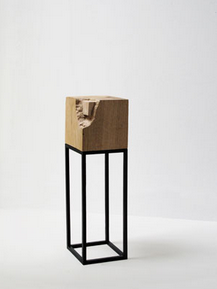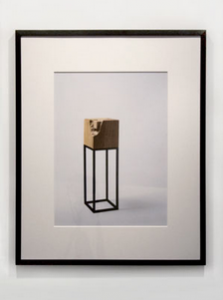Eli Thorkelson, of decasia fame, makes some compelling observations about “the gender of the academic name“:
Anyway, my friend said she’d noticed that, when academics talk about other academics, they are likely to use the first and last name when referring to a woman academic, while men academics often get mentioned by last name only. This to her was entirely part of everyday life, undesirable but obvious.
But I was taken somewhat aback by this claim, and I think the other guy there was too. I realized afterwards, to my shame, that our common reaction was one of doubt. We wanted to think of counterexamples. Exceptions that would disprove the rule. Isn’t Judith Butler pretty reliably called Judith Butler? we were asked. But isn’t Butler a pretty common name? Well, but there aren’t any other famous academics called Butler, now are there? Or take Simone de Beauvoir. Pretty much always Simone de Beauvoir, isn’t she? Well, yes. Who could deny that? While on the other hand Sartre, it came to my mind, is indeed pretty much always just Sartre. Or take Hannah Arendt. Is Hannah Arendt always Hannah Arendt? Well, yes, pretty often, though I think maybe at the philosophy department in Paris-8 she may occasionally become just Arendt. But other mid-century German male philosophers seem to go by their last names far more often. Marcuse is just Marcuse. And “Adorno” also seems to travel pretty well by itself, as a practically self-contained sign of pessimistic dialectical prose convolution. Or take Eve Sedgwick. She’s pretty often called Eve Sedgwick, no? But not really Eve Kosofsky Sedgwick, that’s a mouthful. We didn’t reach agreement about that.

